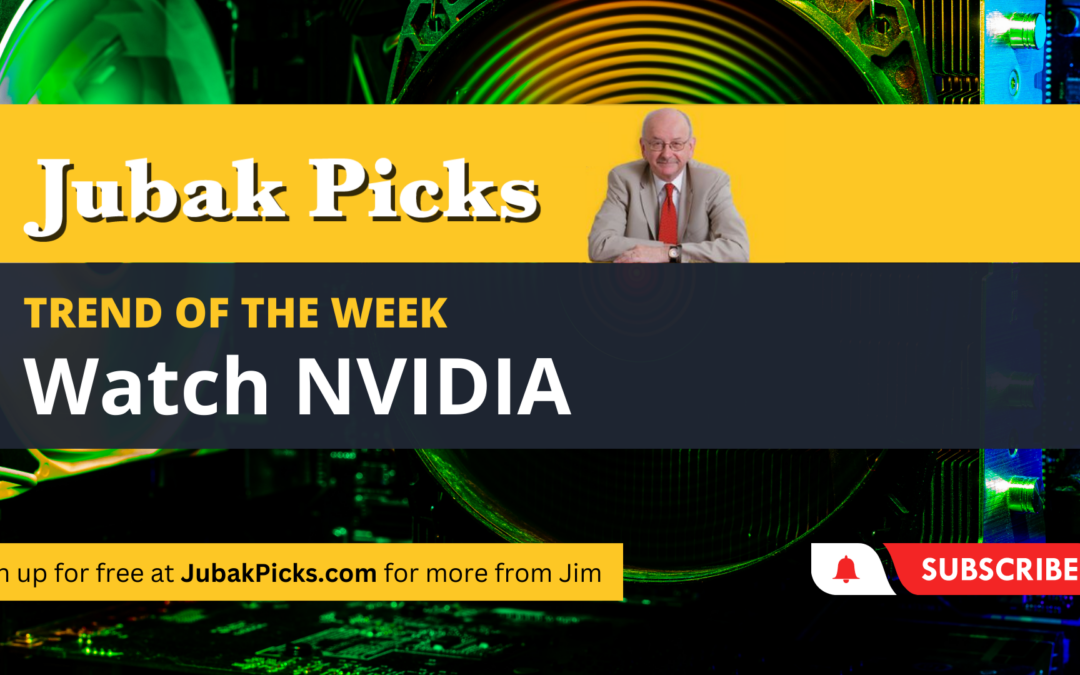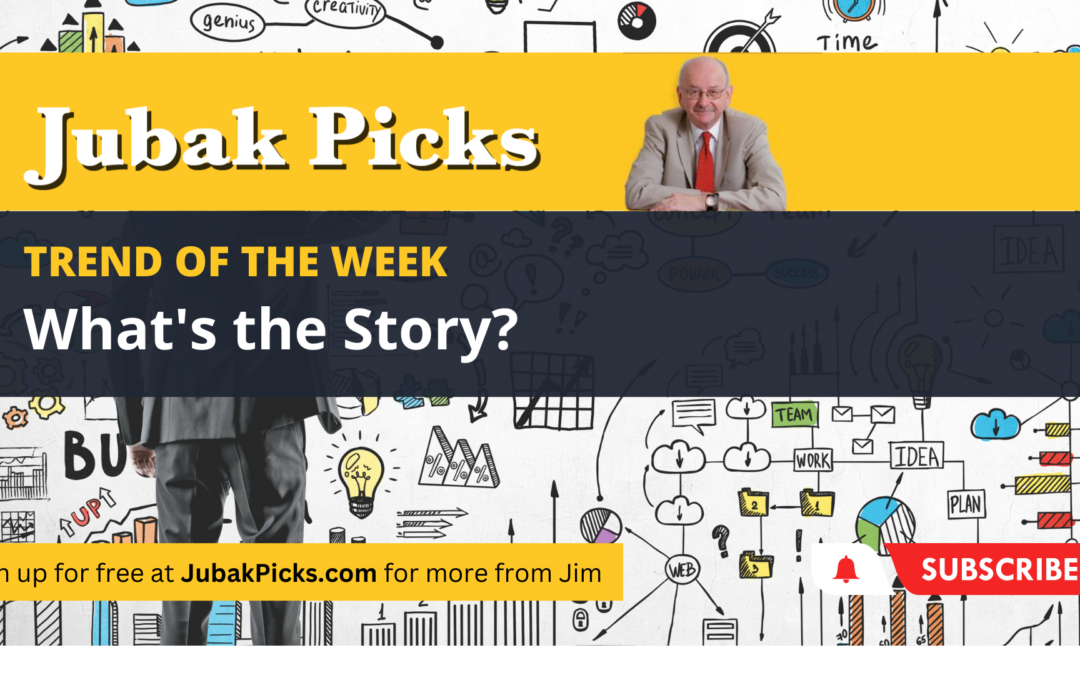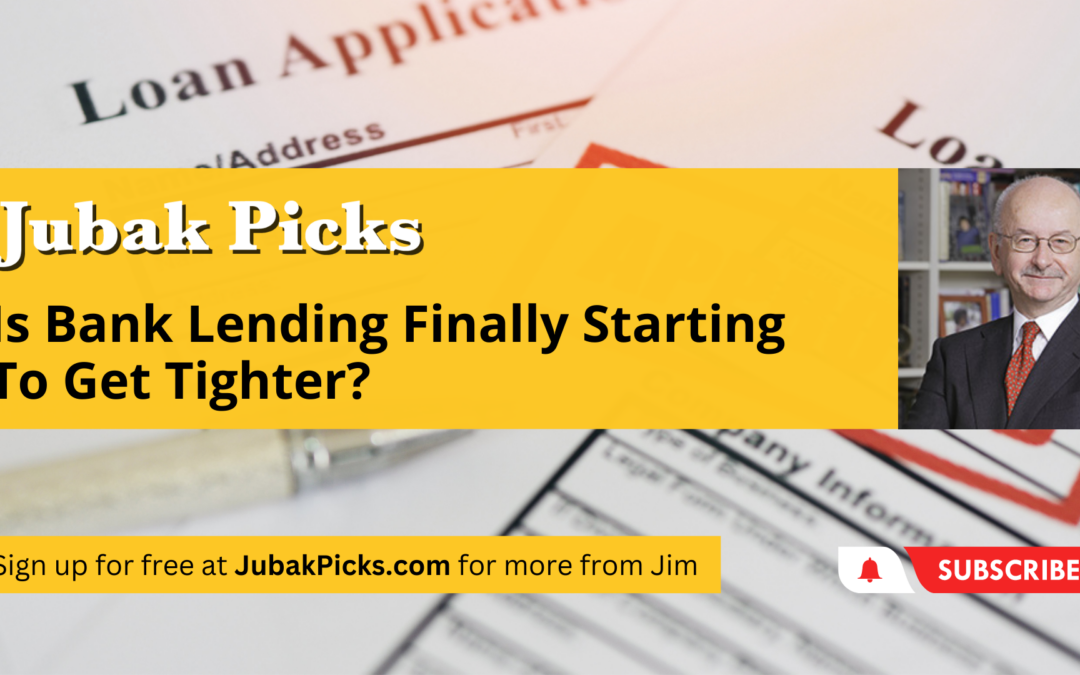Videos
January 18, 2024 | Daily JAM, Videos |
I’m back! It’s been a long hiatus since I moved to Venice in September (yes, Italy, and not California or Florida) but I’m back and I’ll be resuming my videos from here on out. Today’s video is: Will We Have a Santa Claus Rally Hangover in January?
September 1, 2023 | Daily JAM, Videos |
Today’s video is Once Again, The U.S. is The Only Market Game in Town. It’s hard to grasp the longer-term trend in any August because, frequently, there isn’t one. True again this year. The S&P is essentially where it was a year ago and it’s especially difficult right now to tell how the market should be priced as, once again, it looks like the U.S. is the only game in town. There are uncertainties about the U.S. economy, with the Fed continuing to raise rates and signs of consumers starting to waver. However, these uncertainties are not nearly as bad as a near-consumer strike in China and a slow-moving European economy. Because money is flowing into the U.S. market from those alternatives, it’s unclear how to calculate a current fair value for U.S. stocks. Stocks like Microsoft, Apple, and Nvidia are all at record highs. Should they correct from here or move higher on the relative fundamentals? The question boils down to this: Do you get in on the only game in town, even though it is very expensive, or do you wait it for a shift in market cycles? After the Fed’s September 20 meeting, where they’ll set expectations for the future, investors should have a better idea on how to answer this question.

August 31, 2023 | Daily JAM, LNG, Videos |
Today’s Quick Pick is Cheniere Energy (LNG). There are a number of positive trends for Cheniere right now. The company is adding to its liquid national gas production capacity and has signed long-term contracts with Equinor, Korea Southern Power, China ENN National Gas, and BASF. This is on top of a big increase in sales and margins in its most recent report. (Year to date the stock is up about 10%.) Another factor that makes this a “buy now” stock is that Australia will likely see a liquid natural gas strike. Workers at Woodside Energy have already voted to strike if there’s no contract and Chevron workers look like they may follow suit. These strikes could happen as soon as September, so now is the time to add shares in LNG, as Australia accounts for about 10% of global LNG supply. Morningstar calculates that the shares are at a 2% premium. I think we can expect more upward bumps for LNG and as much as it pains me to accept, I think liquid natural gas will be a necessary global energy transition fuel. I own this stock in my online portfolios.

August 24, 2023 | Daily JAM, Videos |
Today’s video is: Stay Away From China for a While. China is looking at a long-term downward trend in the price of Chinese stocks. The iShares MSCI China ETF is down 8.1% year to date. It was down nearly 23% in 2022 and around 22% in 2021. What’s causing this? China has a long-term demographic problem. You’ll see occasional spikes in stock prices whenever the government puts money into the economy, but those spikes disappear after it becomes evident that putting more money into the system isn’t enough to fix it. In the long term, China is going through some extreme demographic changes. Last year, China’s population fell for the first time since 1961 and the United Nations predicts that China’s population will go from 1.4 billion now to 800 million by the end of this century. This is because fewer couples are deciding to have children, and the one-child policy led to a scarcity of females in the population. The younger generation is highly educated but unable to find jobs, which has led to negative sentiment on the economy and sluggish consumer spending. China’s economic policy has been based on high-tech industrialization and a dampening of consumer spending in an effort to provide the capital needed to support its industrialization. This model works for a while but inevitably hits a wall because the things you produce need somewhere to go. For a long time, China exported most of its goods, but many countries, like the United States, have pivoted to policies designed to increase domestic production. China looks to have hit the middle income economy wall, like a lot of industrializing countries before it.

August 23, 2023 | Daily JAM, Short Term, Videos |
Today’s Trend of the Week is Watch Nvidia. NVIDIA (NASDAQ) reports earnings today, August 23. The consensus is that the company will report $1.69 a share, up from last year’s $0.32. And that revenue growth will come in with 65% growth.
This stock has been one of the big gainers this year and has effectively led the market. The shares recently hit a bit of a plateau until Monday, when the stock popped 8% on earnings optimism. The stock trades at a trailing PE of 238 but the big earnings jump should help with that. So what do you do with this stock that is leading the market, but is also known to be overpriced and therefore somewhat risky? You go with the momentum. Follow the market to see if investors start to sell and take profits after earnings, or if people continue to buy, even at a high price, with hopes for even greater gains. This will be an indicator of how momentum in the market is going, especially for the booming AI sector.

August 22, 2023 | Daily JAM, Videos |
Today’s Trend of the Week is What’s the Story? What is happening with the market? Retail numbers are up but stocks are down. Wall Street was expecting a 0.4% growth in retail from June to July, and we got .7%. While big-ticket items like furniture, electronics, and appliances remained down, e-commerce sales were up 1.9%, and consumers seem to be spending money on things like dining out. Retail numbers were much better than expected, so why did stocks go down? At the time of filming (August 15), the S&P 500 and Nasdaq Composite were both down nearly 1%. Part of the reason we’re seeing the market go down, I think, is because money is going into bonds, instead of stocks. The U.S. economy is doing markedly better than the overall international economy, and people are looking to buy Treasuries. The yield on the 10-year treasury went up to 4.27 on August 15 and real yields, (yield minus inflation), are near a 14-year high. The expectation is that inflation will continue to moderate, but the Fed will likely not be cutting rates any time soon. As more money goes toward treasuries, less money is available in the market to buy stocks.

August 19, 2023 | Daily JAM, Jubak Picks, Top 50 Stocks, Videos |
Today’s Quick Pick is Eli Lilly And Co (LLY). Lilly is my favorite big drug stock right now. The company recently announced second-quarter earnings and showed 22% year-over-year sales growth. The company has a promising pipeline of new drugs. Mounjaro, Lilly’s diabetes drug, is likely to get weight-loss approval from the FDA. They also have new products for Alzheimers, and Cardio Metabolic drugs coming out soon. The growing enthusiasm for diabetes and weight-loss drugs has the stock overvalued by about 46% according to Morningstar. Their competitors are in similar situations. Novo Nordisk (NVO) is 28% overvalued according to Morningstar. At this point, if you’re looking for somewhere to immediately put some money to work, I’d still go with Eli Lilly. In this case, you have to consider not just the absolute valuation but also weigh the prospects of both companies. In my opinion, Eli Lilly outshines Novo Nordisk if you look at the pipelines at the two companies

August 17, 2023 | Daily JAM, Videos |
Today’s video is The Fed’s Dollar Currency Ripples. Monday, August 14 was a big day in the currency market with the currencies of China, Argentina, and Russia all making headlines. China’s yuan fell to its lowest level against the dollar since November. The Argentine peso collapsed as the government looks like it is losing its fight against inflation. The Argentine government raised rates by 21 percentage points to 118% and devalued the peso by another 18%. This immediate cause of the drop in the Peso was a surprise victory by a libertarian in a recent primary race for president. Argentine debt due in 2046 fell $0.04 to $0.28 on the dollar. Russia had an emergency rate increase of 350 basis points to a benchmark interest rate of 12%. Of course, none of these things are solely attributable to the dollar’s strength. China’s economy is slowing, Argentina is dealing with economic chaos, and Russia is feeling the effects of international sanctions due to the war in Ukraine. But, the dollar is very strong because it’s safe. The U.S. economy is showing surprising signs of growth with inflation going down and interest rates expected to remain high for some time. The popularity of the dollar in currency markets is creating big economic ripples. China, Argentina, and Russia are the tip of a very large iceberg. The World Bank and IMF say that 40% of the world’s poorest countries are on the verge of default. It’s time to watch your dollars, yuan, pesos, and developing country currencies closely.

August 14, 2023 | Daily JAM, GOOG, Jubak Picks, Top 50 Stocks, Videos |
Today’s Quick Pick is: Alphabet Inc (NASDAQ: GOOGL) or as most people know it, Google. Google is an extraordinarily good stock with pricing power. At 85% of the search market, Google is pretty close to having a monopoly. The good time to buy a stock like this is when there have been doubts about it. The recent worries were Microsoft’s addition of AI to their search engine, possibly having a huge impact on Google and a decrease in Google’s advertising market. These factors caused the stock to plateau for a time, but we’re now seeing the stock shoot upward. This has been solidified by second quarter earnings. Revenue growth returned to YouTube, searches increased, and second quarter revenue was up 7% year to year, cloud revenue grew 28% and operating margins grew to 29% from 28%. Morningstar says Google is about 17% undervalued. Google is a part of my long term 50 stocks portfolio, but I’ll be adding it to my 12-18 month JubakPicks portfolio as well.

August 9, 2023 | Daily JAM, Videos |
Today’s video Is Bank Lending Finally Starting To Get Tighter? The Federal Reserve regularly does an opinion survey of bank lending officers to ask if they’re seeing a tightening of credit standards on loans at their banks. In the most recent survey, 50.8% of banks reported tightening lending terms for medium and large business loans in the second quarter-up from 46% in the first quarter. They’re also reporting a rise in demand for loans. In the second quarter, 51.6% reported weaker demand, down from 55% in the previous quarter. We’re seeing the Fed’s policies slowly start to work. Eventually, this tightening will also hit the consumer level, making it more difficult to get a personal loan or a new credit card. This trend is something to watch as banks tighten their lending while demand remains steady.

August 8, 2023 | Daily JAM, Short Term, Uncategorized, Videos |
Today’s Trend of the Week is Are We Looking at a Supply Crisis for Treasuries? The federal deficit grew by $1.39 trillion in the first nine months of fiscal year 2023. That’s a huge addition to the deficit, an increase of 170% compared to the first nine months of 2022. The Treasury also recently increased its forecast for borrowing in the July-September quarter to another $1 trillion. This fast increase in the supply of Treasuries has been tough on the market. The Fed is trying to shrink its balance sheet and not buy as many new Treasuries. Private sector investors at auction are demanding a bigger discount. And because of the debt ceiling shutdown in new debt and the drawdown on the Treasury’s cash balances, the treasury has been issuing a lot of short-term bills to rebuild its buffer. Right now, however, Treasury is trying to move away from the short bills and looking to selling longer maturities. The market has little appetite for longer maturities as inflation seems to have staying power. Recent auctions on 7-20 year treasuries have been pretty weak. If you’re looking to buy 10-year Treasuries, look for an extra yield premium around 5% or so before the market is down dealling with as with this supply issue.

August 2, 2023 | Daily JAM, Short Term, Videos |
Today’s video is What About That 2.4% GDP Growth Rate Surprise? Economists were expecting a 1.5% annual growth in the second quarter, but the first read reported a 2.4% growth rate–up from 2% in the first quarter. Where did the growth come from? Is the economy inexplicably stronger than anyone expected? Why haven’t the Fed rate increases dampened growth? How is inflation coming down as growth continues? There are suggested answers to these questions within the GDP report itself. The main explanation is that this trend, like all economic trends, is affected by lags. You can also see a shift in where the growth is coming from. GDP growth has recently a result of increases in consumption, while growth from business investments has been more subdued. Consumer spending was up in the most recent quarter, but it was only up 1.6%, not as high as the overall 2.4% growth rate. Where did the rest of the growth come from? Investments. Business investments came in at a 4.6% annual increase. Momentum built up by the Inflation Reduction Act, the subsidies and actual funding for business investment is still kicking in and we’re seeing an investment boom at the moment. Consumer spending going up 1.5% is positive, but what’s the trend on consumer spending? My guess is somewhere in the third or fourth quarter, we’ll see business investment peak and we’ll go back to a familiar growth pattern that focuses on consumer spending, where the Fed’s interest rates are more important.













